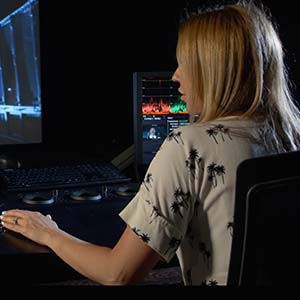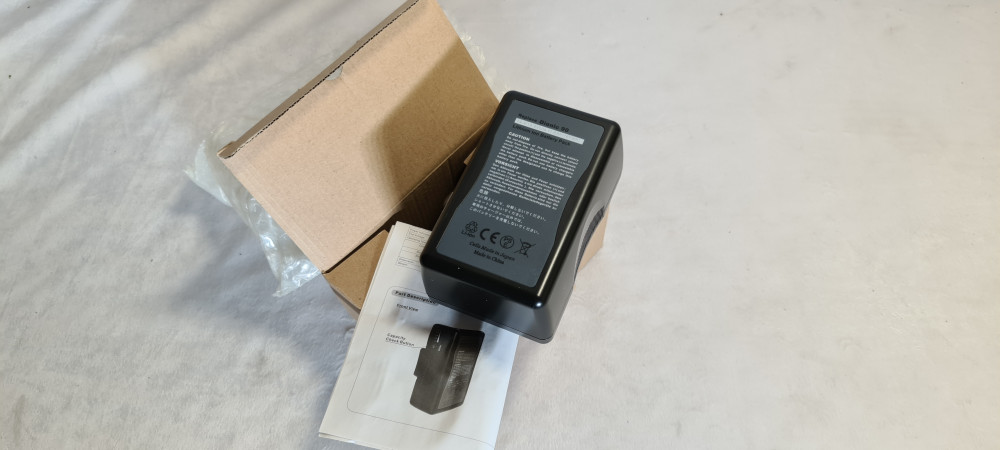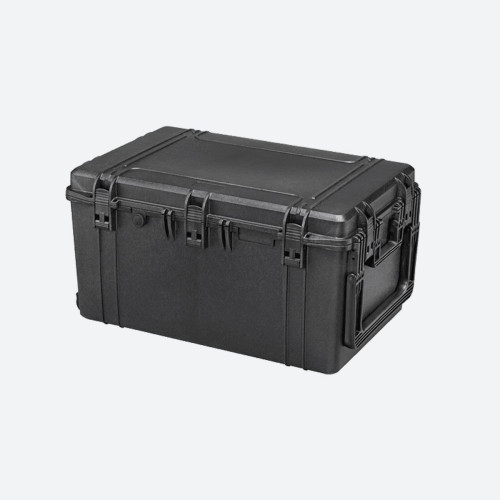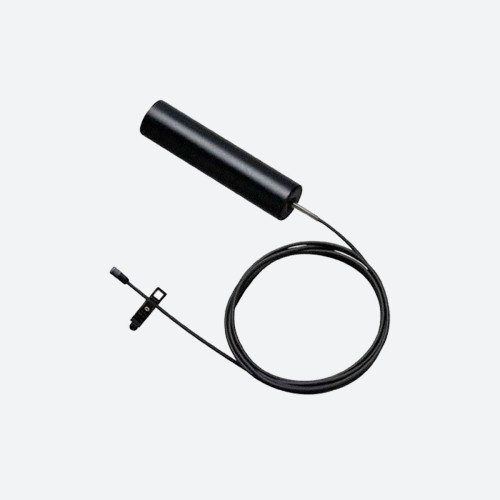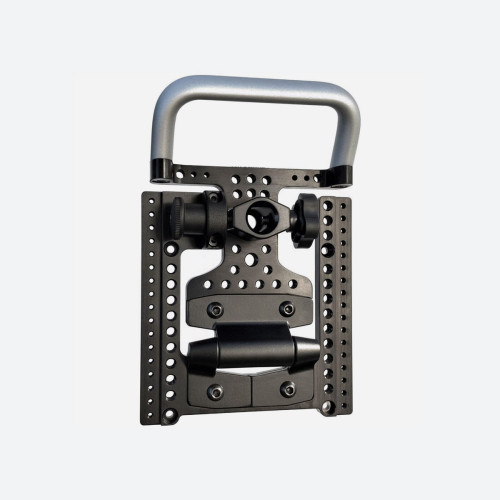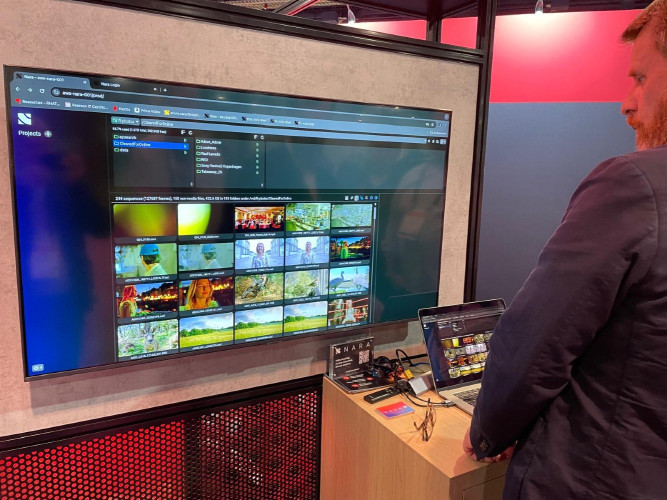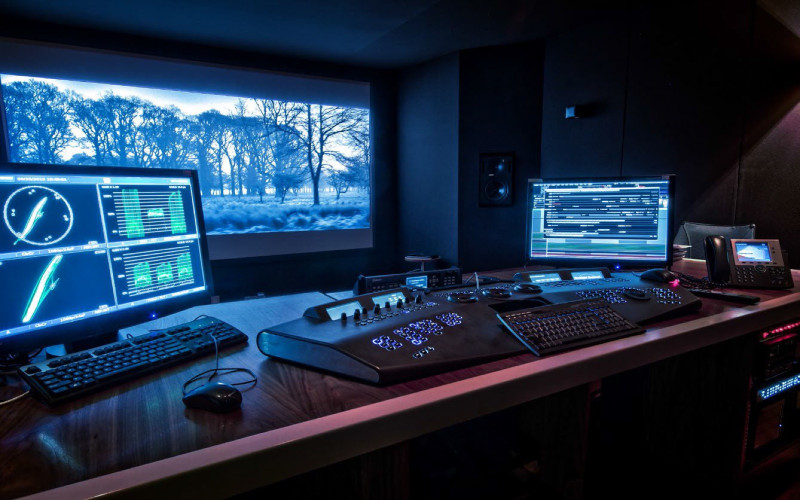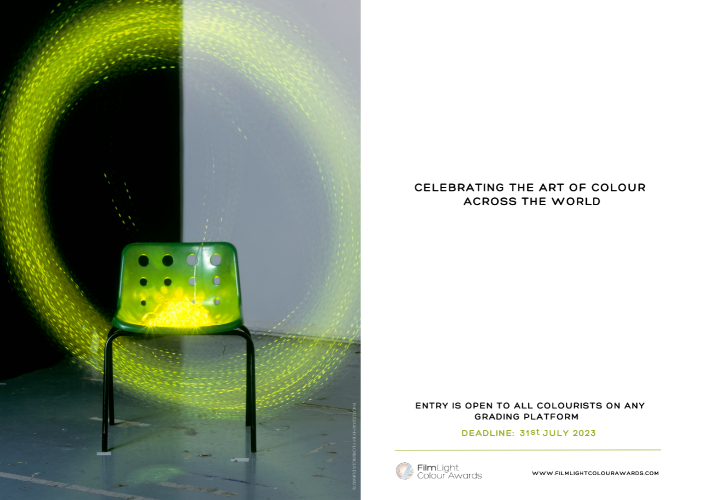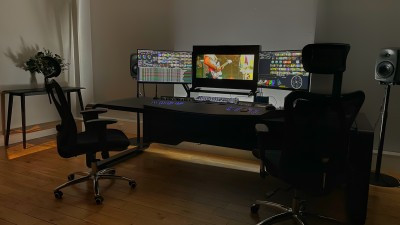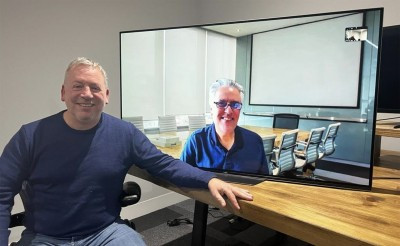We all know the story. On 15 January 2009 an Airbus A320 took off from LaGuardia airport in New York, heading for Charlotte. Just a couple of minutes later the plane flew through a flock of Canada geese and blew out both engines. Knowing the risk of crashing into heavily populated areas, Captain Chesley Sullenberger - Sully - aimed for the only long flat surface he could see: the Hudson River.
The story of the "miracle on the Hudson\" is now a dramatic new movie, Sully, directed by Clint Eastwood and starring Tom Hanks as the hero pilot. To find out how they captured the look of the film, Dick Hobbs talked to Maxine Gervais, senior colorist at Technicolor in Los Angeles.
An early decision was that the movie should be shot and finished for IMAX, with other deliverables derived from that. In turn, that meant very high resolution acquisition. Director of photography Tom Stern used an Arri Alexa 65 in its full raw 6.5K resolution.
"Based on the pristine resolution, detail and sharpness, we decided that the most efficient approach was to record the full 6.5K resolution from the camera and grade from the raw data,\" Gervais explained. "We knew the take-off, the collision with the flock of birds and that remarkable water landing would be gripping in IMAX.\"
Maxine Gervais uses a Baselight grading system from FilmLight. On a technical level this gives her the power to grade from the full resolution camera output, de-Bayering the raw data and converting to 4K resolution in real time.
She was involved in the project all the way from dailies to final deliverables. "The benefit of grading the dailies is that from early on you get to discuss what they\'re going for, how things are being shot, and how things are coming to you,\" Gervais said.
With DoP Tom Stern and director Clint Eastwood also in on the dailies, she quickly learnt what they were aiming for. With the Baselight non-destructive workflow, grading decisions made on the dailies informed the process all the way down to final deliverables, without burning in any decisions. "You can already establish a little bit of that aesthetic, so when we go to the DI we were already in a good place. It\'s all been done on Baselight, so you can build from there.\"
Inevitably, visual effects play a big part in the movie. All effects (created by MPC) were delivered in 4K, with some scenes having eight element mattes to separate the plane, the water, the New York city skyline and more. Again, Baselight allowed Gervais to grade these elements separately, rendering the whole scene in real time.
"The compositing capacity of Baselight can serve a creative yet intricate look, as well as produce some basic VFX itself,\" Gervais said.
The creative capabilities of the Baselight platform were also important. "I love Baselight\'s composite grading, where you can blend layers in additive, subtractive and other modes,\" she explained. "If you have used Photoshop, it is like that, where each layer becomes an element. It gives you a lot of creative strength.
"You can key a certain hue on a layer, boost its saturation and diffuse it a bit, then blend this in additive mode with another layer that has a set saturation, then play with the level of blending,\" she enthused. "It is fast and non-destructive.\"
An important element of the story is that it takes place in January: when the aircraft landed on the river the air temperature was around -7C. "It was freezing in the Hudson River, and we wanted to make sure that it looks and feels that way. You experience the cold along with the tension and urgency of the situation when you see the movie.\"
With deliverables in IMAX and conventional 2.35:1, standard and high dynamic range and for high brightness laser projection, moving between colour spaces was also an issue. "Because of Baselight and its internal colour science, it is very easy to move between colour spaces,\" Gervais said. "We can switch between spaces with Baselight doing virtually all the work.\" Baselight also created all the deliverables.
This was Maxine Gervais\'s second collaboration with Clint Eastwood (she also graded American Sniper). How is he to work with?
"I primarily worked with [DoP] Tom Stern, and editor Blu Murray also had a line to the grading suite,\" she said. "We get in a good place before Clint comes and reviews the picture with us. He will give his notes and feelings about certain things, and we\'ll tweak those.\"
Looking at her project and her career, the French-Canadian colourist concluded "Baselight is my system of choice. Along with the solid colour science and realtime rendering, it far exceeds my expectations with its creative strength. It gives me complete freedom to create the looks my clients demand. With Baselight, the sky really is the limit.\"





